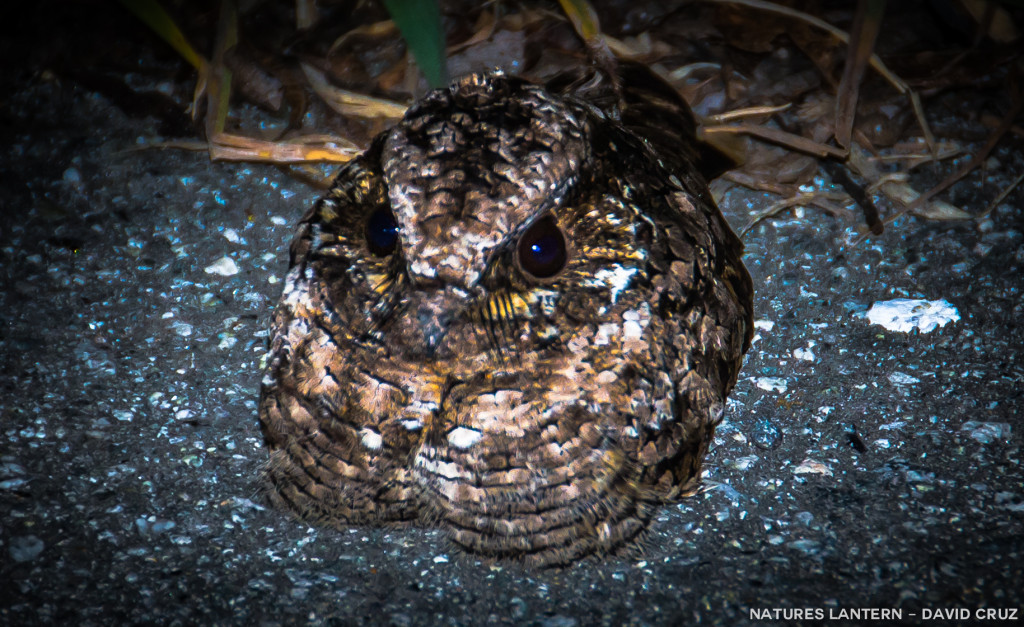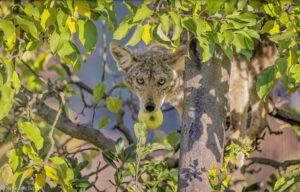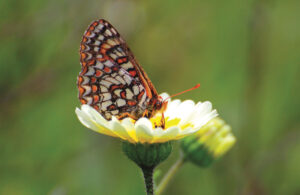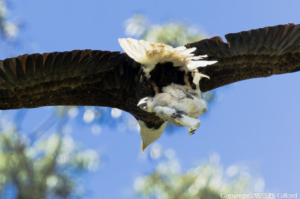It was a cold sunset and I carried my camera while fellow photographer Jorge Bravo lighted our way. We were searching for birds at Butano State Park in San Mateo County when, nearly ready to bail, we came across a small object along the side of the road.
The roads around the park are fairly desolate, so any sign of a bird ruffled our feathers, so to speak. Our flashlight illuminated a common poorwill, an elusive and very special sight in the Bay Area. Expert birders can go years without spotting or photographing one locally.
Its name, you could argue, is a poor substitute for the many other names it’s called. Nighthawk, whip-poor-will, goat sucker, frogmouth, turtlemouth, dragon bird, “gargola” (or gargoyle bird in Mexico) — the common poorwill is the subject of legends. Often confused with an owl or small hawk, its official Latin name, “Caprimulgidae,” translates into “goatsucker.”
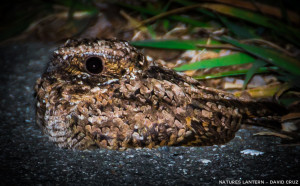
In mythology, its turtle-like beak has been described as hiding fangs, and could be the mistaken culprit in bizarre Chupacabra bird news reports. In the Southwest U.S. and Mexico, Native American storytellers recite tales of the bird shapeshifting into a shaman. Other stories describe sighting these birds as omens of impending death.
But this is an actual bird, a nocturnal insect eater and member of the nightjar family that lives in the San Francisco Bay Area, making its home in dry, grassy open areas. It’s the only bird species known to go into torpor during winter for extended periods from weeks to months, in a state similar to hibernation. The common poorwill is a mysterious and eerie bird, unknown to most Bay Area locals.
This little bird represents the biodiversity and hidden treasures we share in our beautiful Bay Area nature.
Folklore (source: Wiki):
- “In 1804, Meriwether Lewis observed hibernating Common Poorwills in North Dakota during the Lewis and Clark Expedition.”
- “The Hopi word for the bird means “The Sleeping One”.
- H.P. Lovecraft’s story “The Dunwich Horror” spread the belief that the Whip-poor-wills can sense impending death and will remain close to catch the departing soul as it leaves the body: “It is whispered that they linger and flutter around houses where death is approaching, hoping to catch the soul of the departed as it leaves.” (“The Thing on the Doorstep and Other Weird Stories”, by H.P. Lovecraft, S.T. Joshi, New York, Penguin Books, 2001)
David Cruz is a San Francisco based wildlife photographer who has captured many stunning moments in Bay Area nature.

